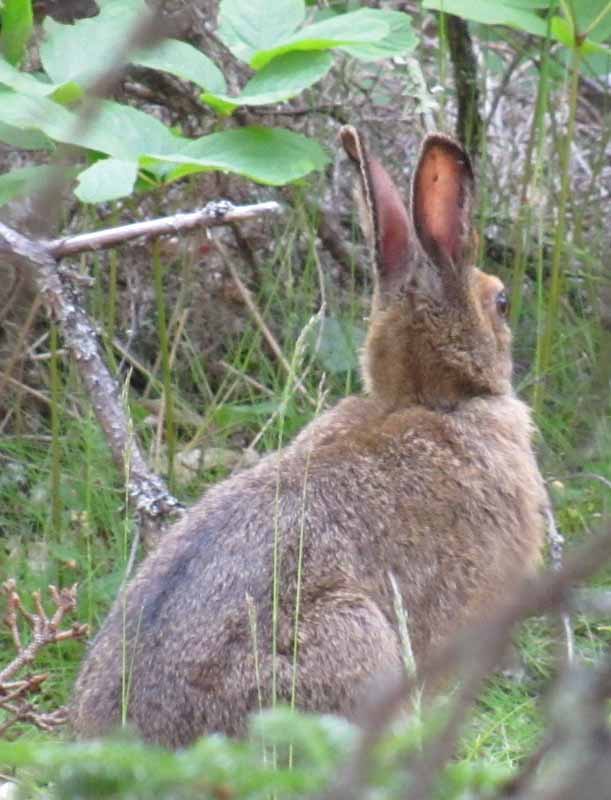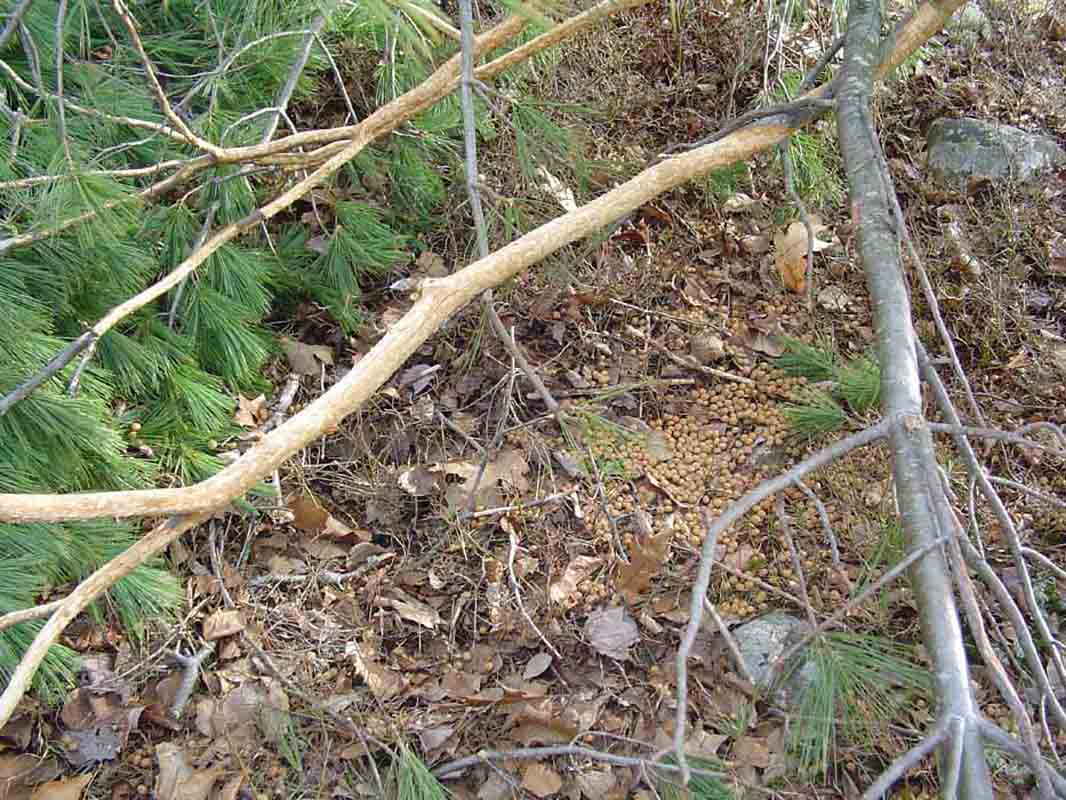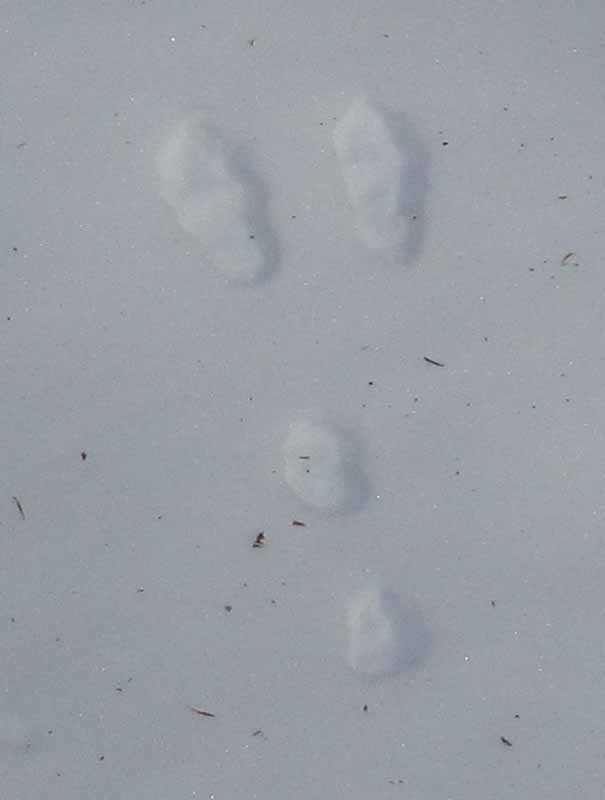Order Lagomorpha in Maine
(Kingdom Animalia, Phylum Chordata, Class Mammalia)
a project of
Maine Natural History Observatory
reproduced here with the permission of the Observatory
(updated 15 December 2024)
You are invited to send to info@vfthomas.com additions/corrections to the list of mammals as well as information for the tabular key at the bottom of this page that will help distinguish one order from another. Also, information is needed for pages that are linked to below. This page will be updated as your input is received. When this page has been substantially expanded/improved, it will replace the current page now on the website of the Maine Natural History Observatory. Any help you can provide will be greatly appreciated.
Maine is home to 2 species in 2 genera in 1 family (Leporidae).
If you know which species you have or are interested in learning about, click on the appropriate species link below. Otherwise, to determine which genus that the animal you are trying to identify belongs to, refer to the tabular key immediately below the species list.
Family Leporidae (2 genera, 2 species)
Lepus (1 species)
Lepus americanus - snowshoe hare
Sylvivagus (1 species)
Sylvivagus transitionalis - New England cottontail
Family Leporidae (common name?)
[information to be added]
Key to the genera of Family Leporidae in Maine
Lepus (hare)
[information to be added]
Lepus americanus (snowshoe hare) - Lepus (genitive leporis) is the Latin noun (masculine, third declension) for hare. It is much more common to find the scat (image below center) of a snowshoe hare than to see the animal. The fallen white pine (Pinus strobus) in the image provided shelter and food (note the absence of bark on several branches) for at least one snowshoe hare during the winter.
Tracks (image below right) (and sometimes scat) are often the only way most people can tell that a snowshoe hare has been in the area. And unless they are familiar with the way a hare travels, they may get the direction backward. The front feet land first and then the hind feet travel past where the front feet had landed. So, this hare was traveling toward the top of the picture.



(click on an image to enlarge)
Silvivagus (common name?)
[information to be added]
Sylvivagus transitionalis (New England cottontail) - [information to be added]


